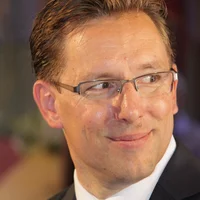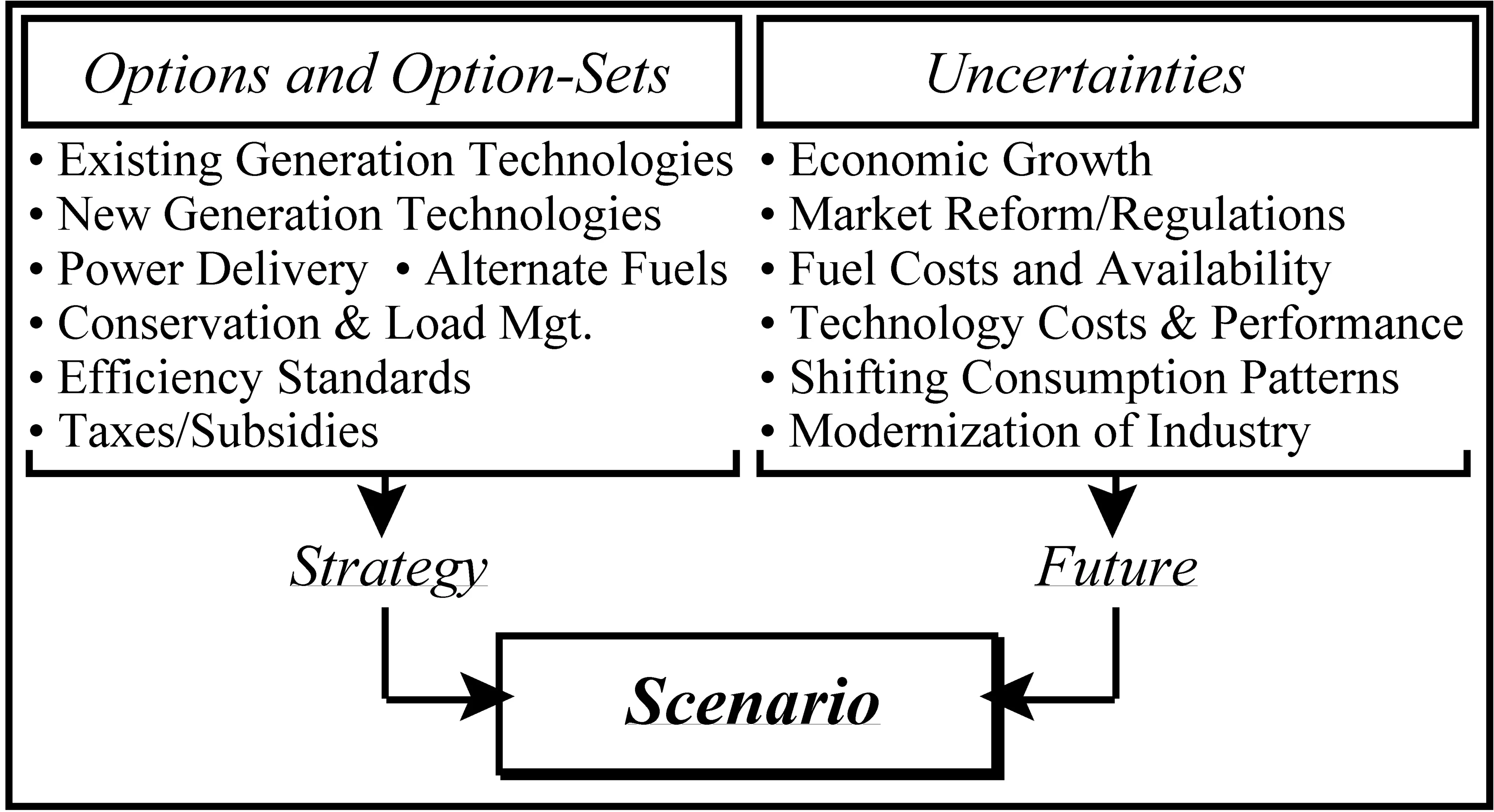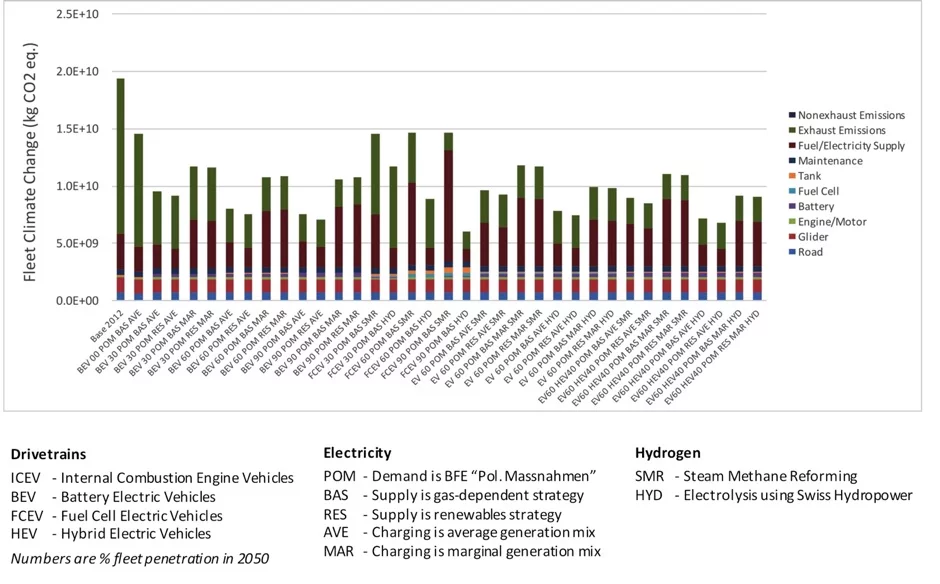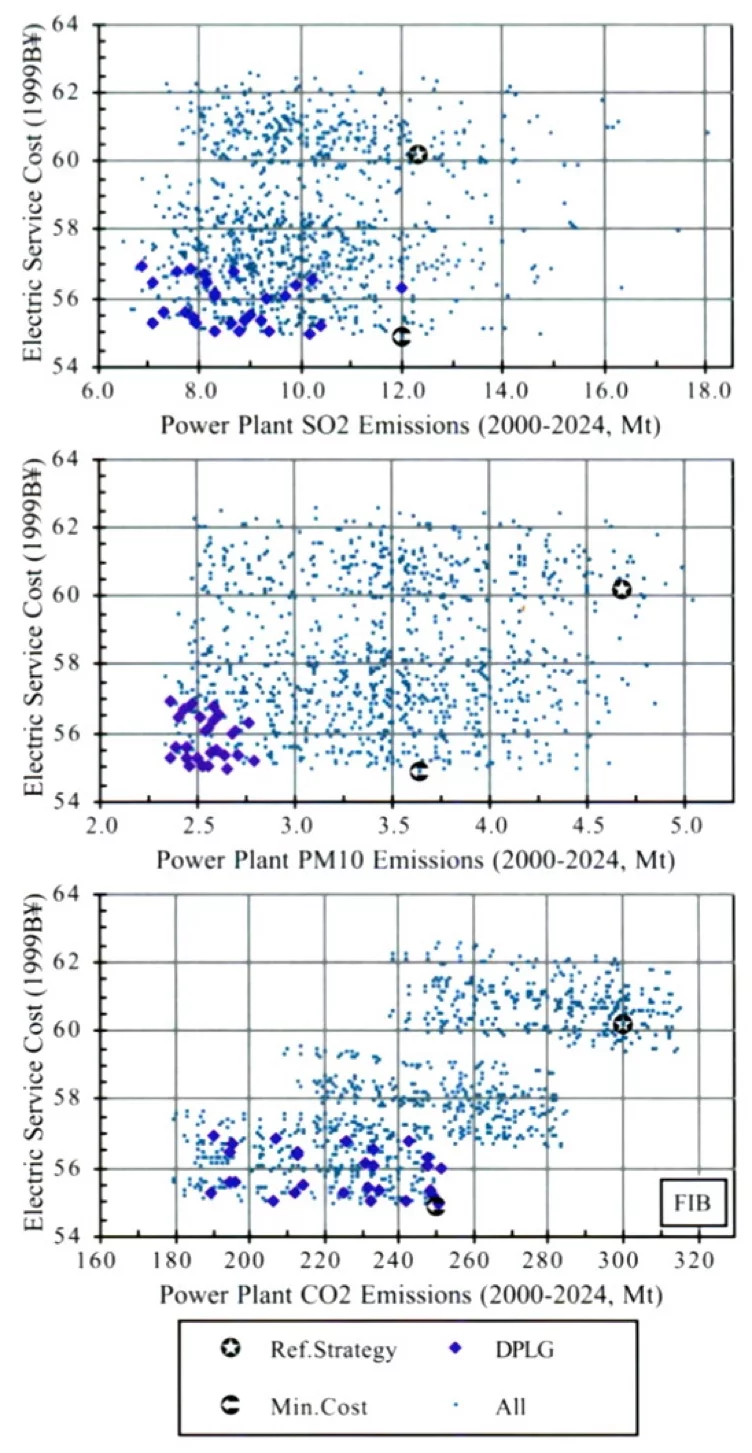When it comes to problems that are important, complex, and (almost always) constrained by cost, the environment or other factors - people often disagree. Not because they are unreasonable, but because they have different interests and the issues at stake are very significant, with much to gain or lose. Uncertainty about future conditions only exacerbates the difficulty. In the end, public decisions on such problems are generally made in the political arena after a great deal of public debate by the stakeholders concerned.
The goal of the Technology Assessment Group (and LEA overall) is to support the public energy policy debate by giving a range of stakeholders a basis of commonly accepted results. When the emphasis is on the energy system level instead of an individual energy technology level, the TA group has adopted a layered methodology called multi-scenario modeling, as shown in Figure 1. This methodology was originally developed for use in the electric sector (and was called Electric Sector Simulation), but it has also been extended for use in the transportation sector.
The goal of the Technology Assessment Group (and LEA overall) is to support the public energy policy debate by giving a range of stakeholders a basis of commonly accepted results. When the emphasis is on the energy system level instead of an individual energy technology level, the TA group has adopted a layered methodology called multi-scenario modeling, as shown in Figure 1. This methodology was originally developed for use in the electric sector (and was called Electric Sector Simulation), but it has also been extended for use in the transportation sector.
Figure 1: Multi-Scenario Modeling methodology layers.
As this diagram shows, the first layer of the methodology is interaction with a group of stakeholders to find out their primary concerns and issues, and then choose a broad range of criteria and appropriate matching indicators (or measures) for the analysis. The stakeholder interaction process is iterative, and the TA analysis team then meets again with stakeholders to agree on scenario design and key analytic assumptions, to communicate results and to assist with decision support (scenario ranking). The key steps for common stakeholder acceptance of results are the comprehensive choice of criteria and scenario design, and agreement on (or sensitivity analysis of) key assumptions. Although ideally the stakeholder interaction takes place in a series of meetings, in some cases stakeholder feedback is sought by web-based surveys, and less-formal interaction with research clients and key stakeholders.
Figure 2 Stakeholder interaction process, with a typical selection of electric sector stakeholders.
The second level of this process is analytic - gathering the data, performing the multi-scenario modeling and interpreting the large number of results. Automating the process to compose the data set for each scenario is key to successively analyzing a large number of scenarios. In the jargon of this methodology, multiple options are combined into many different strategies, multiple uncertainties are combined into different futures, and strategies and futures are combined into scenarios, as shown in Figure 3 below. In general, options are controllable choices, like a fuel or technology choice or an operating procedure, while future uncertainties reflect a lack of knowledge or control. This depends partly on the point of view; a politician's policy may be a businessman's uncertainty, but this does not affect the actual modeling. Although energy sector analyses often focus on individual technologies, the options or policies for system expansion and operation over time can be equally important.
Figure 3 Multi-Scenario Modeling terminology for scenario composition.
Finally, the core of the methodology is a scenario-modeling engine that can be repetitively used to appropriately analyze the behavior of the electricity, transportation or overall energy system in question for a large number of scenarios. Two major types of modeling engines exist, divided roughly into simulation and optimization models. The major difference is usually in how the model plans system expansion to meet uncertain future needs. A simulation model follows rules and some preset plan, while an optimization model seeks to follow an objective function (generally least cost or highest value). The dichotomy is not complete; for example, simulation models often optimize some aspects of system operation.
Simulation models are generally used to produce a larger number of scenarios, while optimization models are more often used for for fewer scenarios reflecting policy scenarios or different futures, but the choice really depends on model suitability to the problem or situation analyzed. The LEA at PSI has generally used multi-scenario simulation in the technology assessment group, while optimization models are generally used within the energy-economics group.
PSI has linked this multi-scenario methodology to its other analytic capabilities to give a full range of internal and external costs and burdens. By calculating costs, environmental impacts, and health and safety burdens for a portfolio of individual energy or transport technologies, and combining these results based on system composition and operation over time, it is possible to produce indicators or results for a very wide range of criteria for each of many scenarios. The question then is how to assist stakeholders in discovering the tradeoffs present in the mass of results, and to assist them in each incorporating their own preferences to individually rank different strategies. This process is further discussed on the page covering multi-criteria decision support.
Selected results
Technology Centered Electric Mobility Assessment (THELMA)
The THELMA project studied the impacts of electric mobility penetration (both battery and fuel cell cars) into the Swiss automobile fleet. Detailed drivetrain analysis was used to compose a virtual fleet of over 1000 different vehicles combining different drivetrains and fuels for different vehicle classes. Fleet composition over time was modeled for different electric penetration scenarios. Electric vehicles were allocated to individual agents to maximize their economic benefit, based on Swiss driving patterns modeled by project partners. Finally, overall fleet scenario results were generated for a range of sustainability indicators, and linked to an online multi-criteria decision analysis website to allow stakeholders interactive exploration and individualized rankings using their own criteria weights. Figure 4 below shows the greenhouse gas emissions for a subset of fleet scenarios.
The THELMA project studied the impacts of electric mobility penetration (both battery and fuel cell cars) into the Swiss automobile fleet. Detailed drivetrain analysis was used to compose a virtual fleet of over 1000 different vehicles combining different drivetrains and fuels for different vehicle classes. Fleet composition over time was modeled for different electric penetration scenarios. Electric vehicles were allocated to individual agents to maximize their economic benefit, based on Swiss driving patterns modeled by project partners. Finally, overall fleet scenario results were generated for a range of sustainability indicators, and linked to an online multi-criteria decision analysis website to allow stakeholders interactive exploration and individualized rankings using their own criteria weights. Figure 4 below shows the greenhouse gas emissions for a subset of fleet scenarios.
Figure 4 Greenhouse gas emissions for the 2050 Swiss car fleet with component contributions for different fleet technology penetration scenarios. Source: THELMA project report.
China Energy Technology Program (CETP)
The Electric Sector Simulation task of the China Energy Technology Program (CETP) involved detailed dispatch modeling of Shandong province over 25 years, including consideration of existing unit retirement and scrubber retrofits, coal choice and preparation, and a range of future technologies, peak load management, and energy efficiency standards. The results from this analysis were integrated with results from other tasks, including life cycle assessment, environmental impacts and external costs, and risk of severe accidents. Results for a wide range of sustainability criteria were used in a decision support process to assist a range of Chinese stakeholder participants. Figure 5 below shows multi-scenario tradeoff results for sulfur, particulate and carbon dioxide emissions versus cost.
Figure 5 Tradeoff results for cumulative SO2, PM10 and CO2 emissions v. cost of electricity for Shandong province for the base (FIB) future. Highlighted DPLG scenarios include early retirement for some coal generation plants, prepared coal, peak load management and aggressive end-use efficiency measures. Source: CETP project book, Chapter 6.
Strategic Electric Sector Assessment Methodology under Sustainability Conditions (SESAMS)
The SESAMS project, short for “Strategic Electric Sector Assessment Methodology under Sustainability Conditions”, was a joint project under the Alliance for Global Sustainability (AGS) between the [http://www.psi.ch][Paul Scherrer Institute (PSI)]], the Swiss Federal Institute of Technology in Zurich (ETHZ) and the Massachusetts Institute of Technology (MIT). The project was the first complete integration of the electric sector modeling and life cycle assessment expertise of the partners, and covered three phases between 1997 and 2001. The first phase studied the future sustainability of the Swiss electric sector, including nuclear unit retirement and future generation options, while the second and third phases extended the work to consider stranded costs, deregulation, external costs and environmental dispatch.





